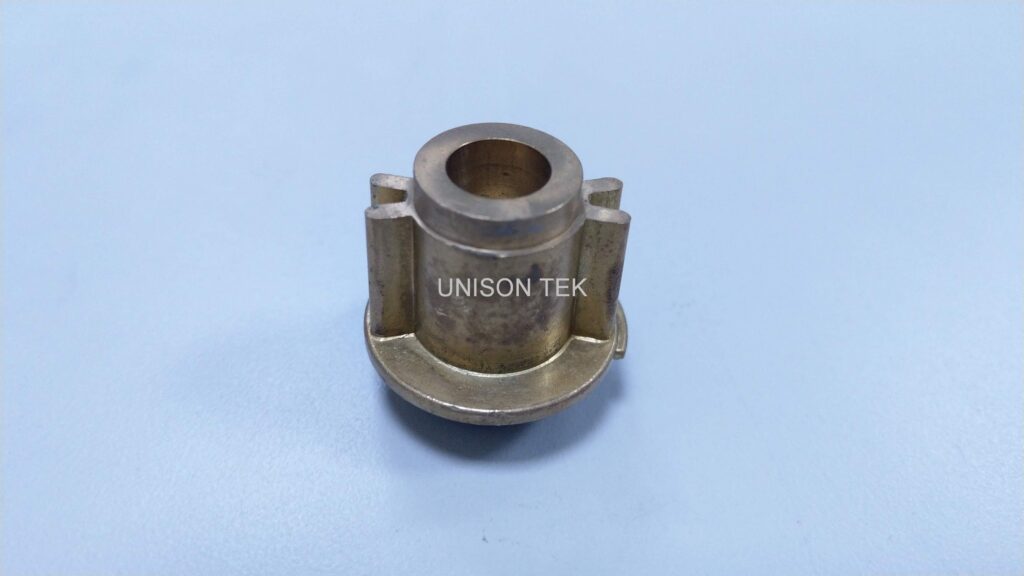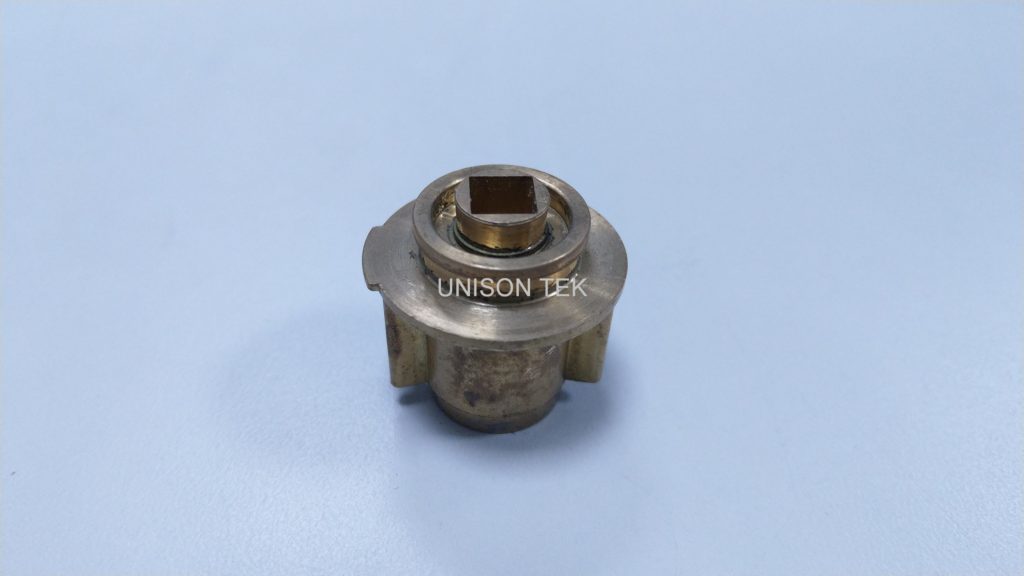Definition and Principle of Casting
Metal casting is to inject molten metal into a hollow mold made of high-temperature resistant materials, and then condense to obtain a product of the desired shape. This is casting. The resulting product is a casting.
Liquid metal → filling → solidification shrinkage → casting
Classification of Casting
Gravity casting
Gravity casting refers to the process of injecting molten metal into a mold under the action of the earth's gravity, also called casting. The molten metal is generally poured into the gate manually, and the product is obtained by filling the cavity, exhausting, cooling, and opening the mold by its own weight.
Gravity casting has the advantages of simple process, low mold cost, less internal pores, and heat treatment, but at the same time, it has the disadvantages of poor compactness, weaker strength, unsuitable for producing thin-walled parts, low surface finish, low production efficiency, and high cost.
Pressure Casting
Pressure casting is a method in which liquid or semi-liquid metal fills the cavity of a die-casting mold (die-casting mold) at a higher speed under high pressure, and is formed and solidified under pressure to obtain castings.
High-pressure casting
High-pressure casting can fill the mold quickly, with high production efficiency, good product compactness, high hardness, and good surface finish. It can produce parts with relatively thin wall thickness.
At the same time, due to the use of high-pressure air for filling, more gas is involved in the interior, which is easy Pores are formed inside the product, so heat treatment is not allowed (the internal gas will expand during heat treatment, causing defects such as bulging or cracking of the product) and post-machining with excessive processing (avoid penetrating the dense layer of the surface and exposing the subcutaneous pores, resulting in The artifact is scrapped).
Common Defects in die Casting Process
Other Common Defects
Contact us for your customized metal parts.

